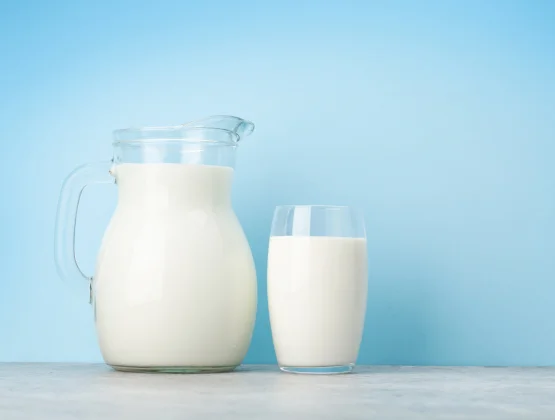
Preservation methods refer to various techniques used to maintain or extend the lifespan of items, often to prevent decay, spoilage, or degradation. The earliest form of curing was dehydration or drying, used as early as 12,000 BC. In the course of time, a lot of different preservation methods arose. For this article, we are zooming in on methods that focus on the preservation of liquids. Which methods are currently used and how do they work?
The preservation methods and how they work
Pasteurization is a heat-based preservation method named after Louis Pasteur, who developed the process. It involves heating food or liquids to a specific temperature for a set period of time to kill harmful microorganisms (pathogens) and enzymes that can cause spoilage. There are two common types of pasteurization: high-temperature short-time (HTST) and low-temperature long-time (LTLT).
- HTST Pasteurization: In HTST pasteurization, the product is rapidly heated to a high temperature (around 75°C to 95°C) for a short time (typically around 15 to 30 seconds). This process effectively eliminates harmful bacteria while minimizing the impact on the food’s taste, texture, and nutritional content.
- LTLT Pasteurization: LTLT pasteurization involves heating the food product to a lower temperature (around 60°C to 70°C) for a longer time (typically around 30 minutes). While this method can be gentler on the food, it may result in some flavor and nutrient loss.
Pasteurization extends the shelf life of products like milk, fruit juices, and certain liquid foods while maintaining a balance between food safety and quality.
High Pressure Processing (HPP) is a preservation method that uses high levels of hydrostatic pressure to destroy harmful microorganisms and enzymes in food. The process involves placing the food or liquid inside a pressure chamber and subjecting it to extremely high pressures (between 100 to 600 megapascals or MPa) for a specific time period (usually a few minutes).
The pressure disrupts the cell walls of bacteria, yeasts, molds, and pathogens, effectively killing them. Unlike heat-based methods, HPP doesn’t rely on high temperatures, so it can help preserve the taste, texture, and nutritional content of foods more effectively. It’s commonly used for items like deli meats, guacamole, and certain beverages.
Membrane filtration is a separation process used for preserving liquids by removing particles, microorganisms, and even some dissolved substances. It works by passing the liquid through a membrane or filter with pores of specific sizes. Depending on the size of the pores, the process can be classified into various techniques, including microfiltration, ultrafiltration, nanofiltration, and reverse osmosis.
Membrane filtration is gentle on the product, as it doesn’t involve heat, and can be effective for removing contaminants while retaining the desired components of the liquid.
NanoPEF (nanosecond pulsed electric fields) is one of the newest ways to preserve liquid foods. The nanoPEF technology utilizes ultra short-duration electrical pulses to treat food. It involves subjecting food to brief, high-voltage electrical pulses in the nanosecond range (billionths of a second). These pulses create an intense electric field within the food, causing inactivation of all kinds of vegetative spoilage and pathogenic microorganisms.
The impact of the preservation methods on liquid food


